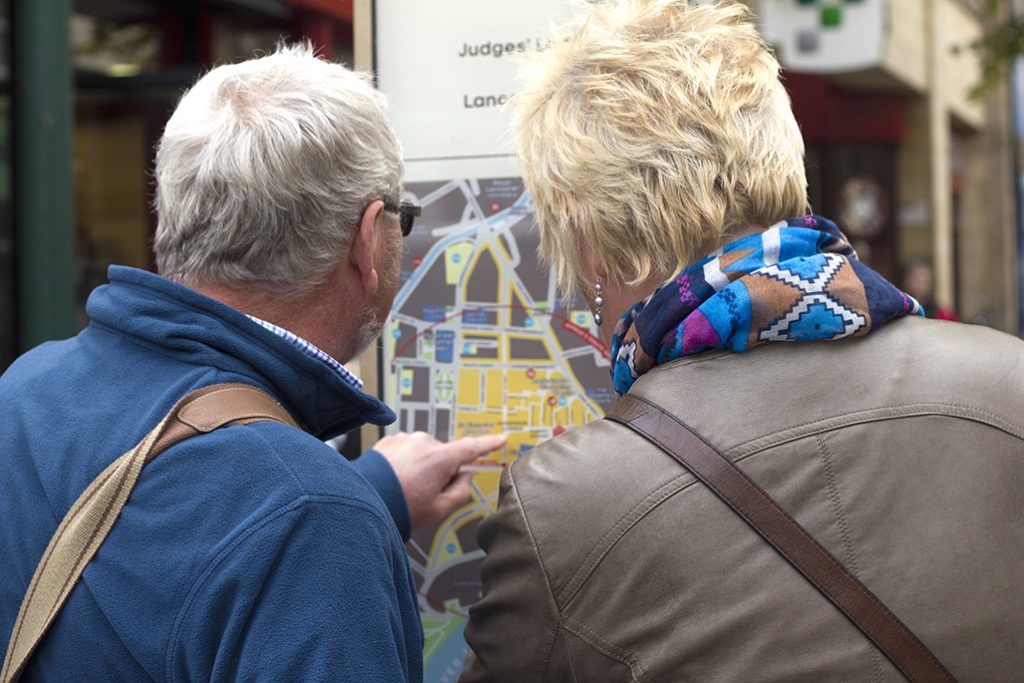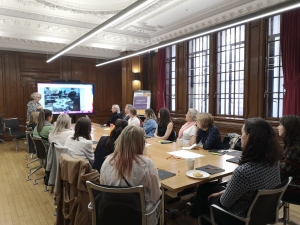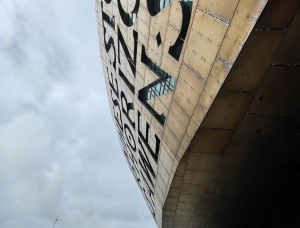With Dementia Awareness Week taking place at the end of May, the Placemarque team reflected on how we consider differences in neurodiversity in our wayfinding.
CIPD research indicates that at least 10% of the UK population is neurodivergent.[1] This means they have a different thinking style such as dyslexia, dyspraxia, ADHD and dementia. And this means we need to think carefully about how we present information in our wayfinding.
For the 11% of the UK population with dyslexia (which includes two members of the Placemarque team) it’s important we use imagery as well as text in our wayfinding. We ensure graphics are evenly spaced and, as you’d expect, we assess signs for readability. We also keep wayfinding as simple as we can. We show only key or close-by landmarks on signage. And on the next piece of wayfinding, perhaps a ten-minute walk away, we show other likely destinations. This means we are not signing everything from everywhere, cluttering the signs and confusing minds. You can see how these considerations enable us to produce clear and beautiful wayfinding.
Equally, we test our signs for the needs of the 4.5% of the population who suffer from the three main forms of colour blindness which affects the way individuals might distinguish green, blue and red. It affects how we use colour coding on our wayfinding.
Other needs are less straightforward. We also consider the difference in people’s learning styles which impacts how people take in, and retain information – important if they are not going to get lost. This means that we present information in complementary ways. Our maps give a visual reference alongside factual directional information and we may add interpretative information (stories) for people to read to really familiarise themselves with a place.
Our research and reading[2] into designing for dementia has taught us that it helps if those affected, familiarise, themselves with their journey in advance of setting off. We conducted workshops with a dementia charity and understand that the best way for us to help those affected is to show key landmarks on our wayfinding that they have discussed beforehand.
We have found that designing for dementia enables us to respond to most accessibility issues. Good dementia design drives us to distil information and create clear and unambiguous wayfinding. This way, we help prevent the anxiety and disorientation of sufferers and help everybody get around their community or a large estate as swiftly as possible.
[1] https://www.cipd.co.uk/about/media/press/150218-neurodiversity
[2] Neighbourhoods for Life – Lynne Mitchell. Oxford Institute for Sustainable Development, Oxford Brookes University
If you’d like visitors to connect better with your place, get in touch to discuss how we can help, on 0161 241 3174




